
PONDORES, LA GUAJIRA—Elisa Castro is running her hands over an old radio talking about how she lived as a guerrilla fighter with Colombia’s FARC rebels when she is reminded of a time her battalion was on the run. The fighting was so fierce it was dangerous to make a sound. The radio—normally a lifeline—was silenced.
Keeping quiet meant staying alive, but since it was New Year’s Eve, the fighters were all in need of a pick-me-up. Instead of tuning in the radio, they each put on their headphones, some listened to salsa, others merengue. They saw in the new year this way: dressed in their army fatigues, guns at hand, dancing silently on the spot in the dark.
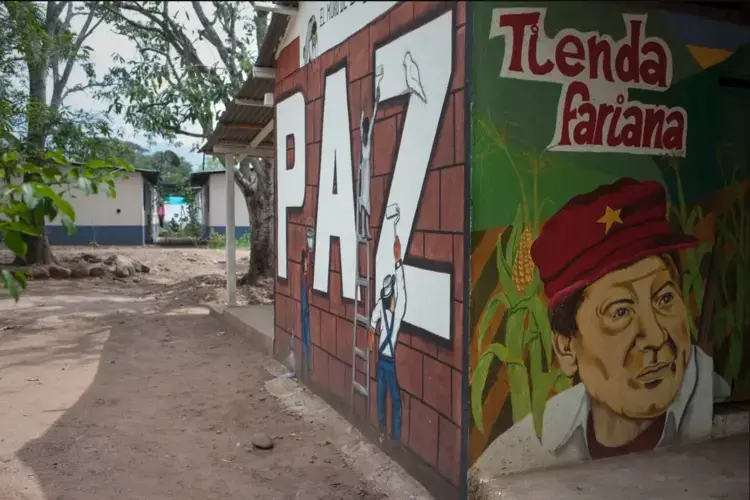
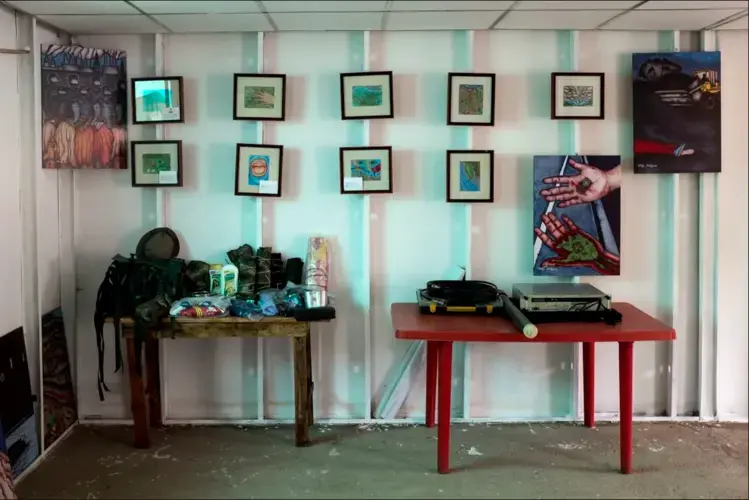
Castro spent 30 years as a soldier in the FARC—which stood for the Fuerzas Armadas Revolucionarias de Colombia, or Revolutionary Armed Forces of Colombia. Her father was a member before her, her son joined after her. She gave birth to her daughter in the jungle. Her life was spent working undercover, planning “operations” or attacks on the Colombian state, living day to day in the mountains.
Today, in one of the most unlikely career about-turns imaginable, Castro is a tour guide, one of a small group of former guerrilla fighters in this camp in Colombia’s far north and a stone’s throw from the Venezuelan border, gearing up to welcome tourists to come and hear their side of the story.
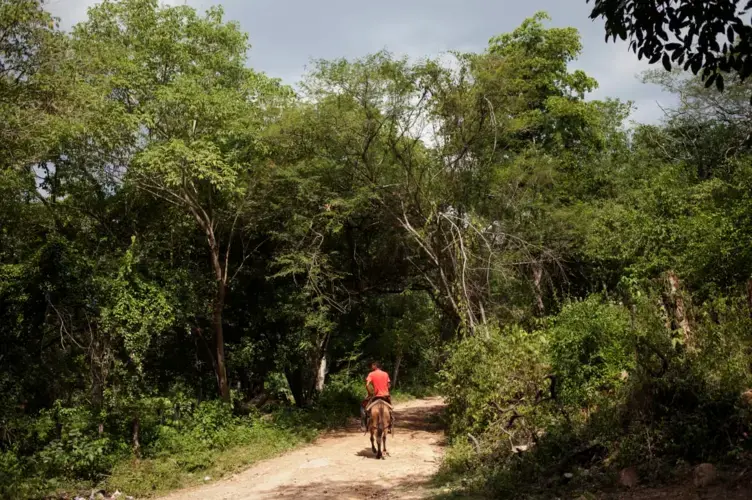
Under a peace deal the FARC signed with the Colombian government in 2016, the 7,000 fighters in their ranks handed over their weapons and moved into demilitarization zones like this one. The group had waged the longest-running war in the hemisphere against the state, pressuring with bomb attacks, kidnappings and militarised strikes. But having given up their weapons and promised to transition to civilian life, today they need to make a living.
This project is one of a handful in which former FARC fighters are turning their hand to tourism: some hope to lead kayaking tours down some of Colombia’s mighty rivers, others are planning eco-tourism visits to farms run by former combatants.
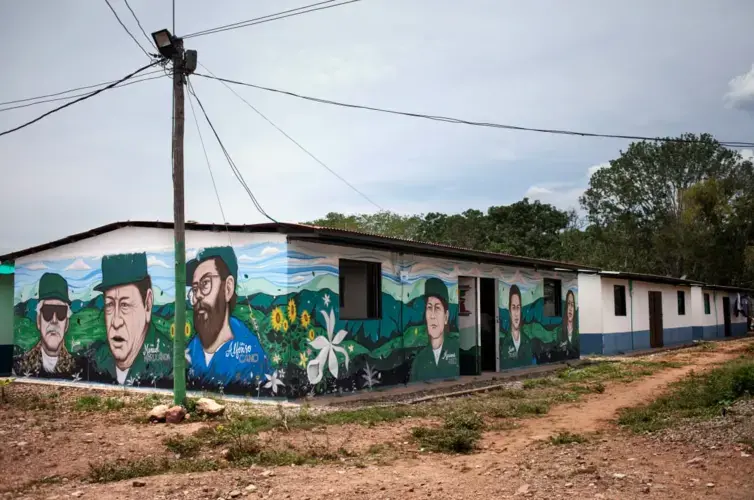
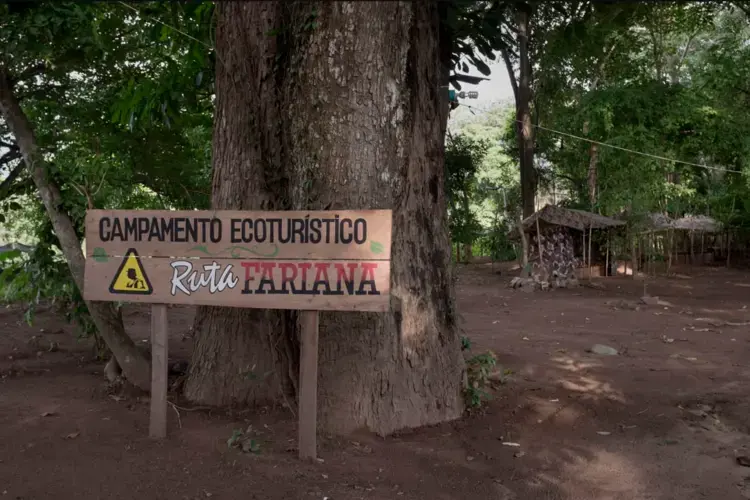
The project Castro is working on offers a kind of historical tourism: visitors will hear from former guerrilla fighters about what happened to them, why they took up arms, what they hoped to achieve. If they want, visitors can stay at the camp, eating and sleeping among these ex-combatants.
It's not tourism in the traditional sense, of course. Sleeping like a member of the FARC means staying in a hard bed in a pre-fabricated housing module, a small vine twirling through the ceiling above you. It means passing UN and army checkpoints to get in. It means eating in the kitchen of Doña Luz who has set up a small restaurant in the camp, in which she whisks up hearty but simple meals of rice, plantain and beans, arepas, and egg soup. It’s far from luxurious, but it’s fascinating.
This camp is home to more than 200 ex- fighters. Although free to come and go as they please, many have decided to stay with their former comrades and have made this place their home. Some work as carpenters or textile workers, others labor on a nearby farm.
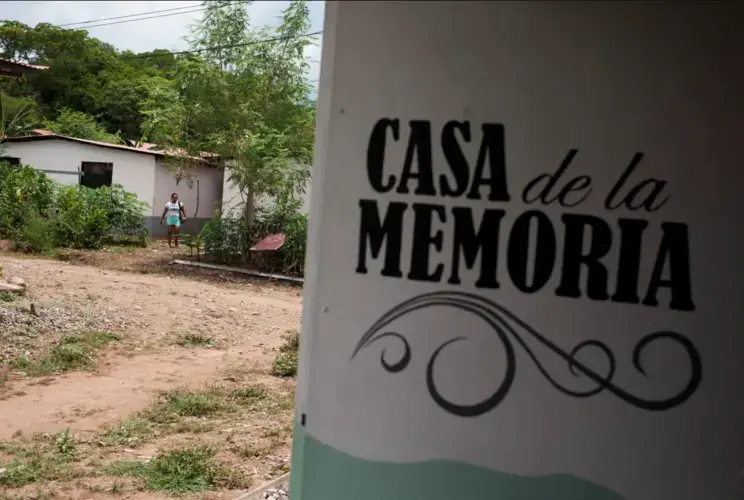
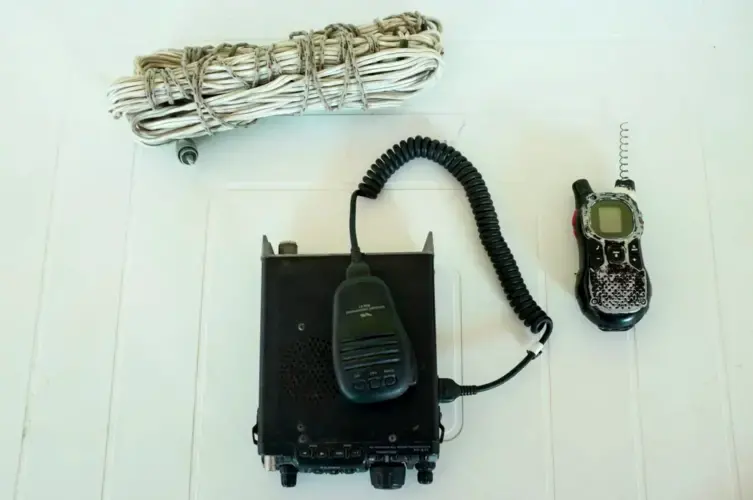
Though this is one of the easiest-to-reach FARC camps, that does not mean it is by any means easy to get to. International visitors would fly to Bogota, then take a 90-minute domestic flight to Riohacha, the capital of the province of La Guajira. From there, it is a bumpy three-hour drive to Pondores.
We arrive just as the midday heat is at its fiercest, taking a seat on white plastic chairs that stick to our skin. The mountains once under the FARC’s control loom ahead in the distance, beside us is one of political murals that adorn the walls of the camp.
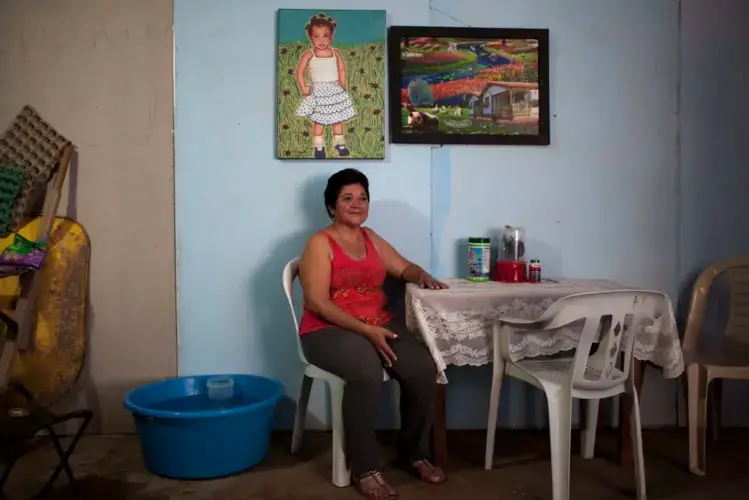
“It’s about memory,” says Franklin Ruiz, a 57-year-old former combatant who is part of the tourism team, when asked what they are hoping to do here. “And for people who don’t know about the FARC, where it came from, what our objectives were.”
“Who can tell our story?” he asks. “We who lived it.”
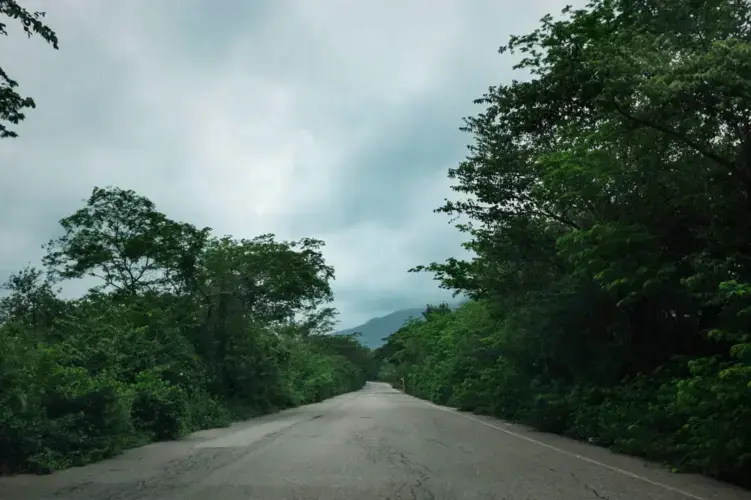
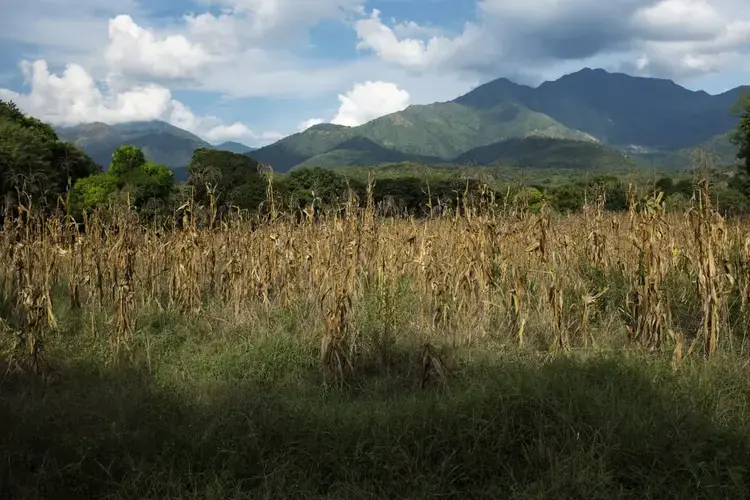
To do this, the tourism team have set up a small museum on the site. It is full of paintings by a former fighter who has found some local celebrity for her politicised illustrations of Colombia’s recent history. Also included are old uniforms and the backpacks worn by the group in the jungle. Still packed as if the owner was leaving first thing in the morning, our guides show us what they used to carry alongside the small FARC rulebook which detailed punishments for abandoning post or sabotaging the movement, drinking liquor outside the camp: the regulation soap they were given each month, underwear, emergency food supplies, a jacket for the jungle rains.
On the back wall are a series of photographs of guerrillas, and nearby is a small photo book full of shots from their time in the jungle.
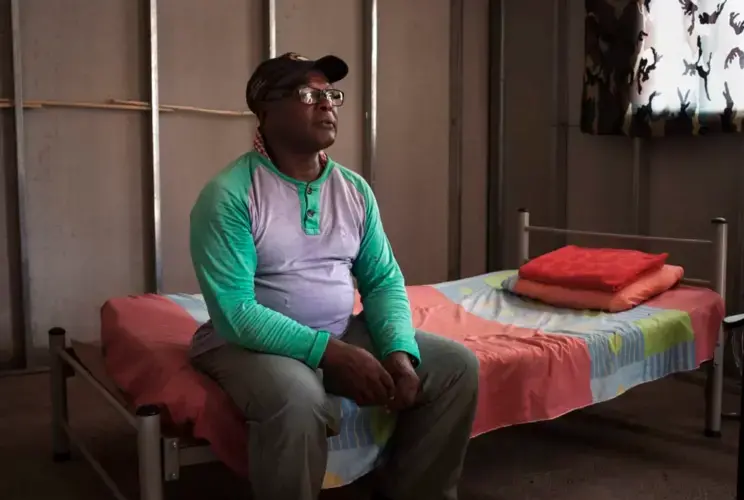
“This was how we dressed, and this was where we kept our ammunition,” explains Castro, who is showing us around. “We brought these things with us when we moved to the camp.”
It’s still a work-in-progress, she says. They are still trying to get an air conditioner installed. They acknowledge there’s just a handful of the artifacts that the fighters brought with them.
But after a few hours you realize you aren’t really coming here for the museum or the tour, but to meet people like Castro, to hear why people like her joined the FARC, what their day used to be like, how they feel about what they did in the war.
For those who have been to Belfast, it is more like the peace tours that former combatants from both sides of the political divide give around their divided city. It’s like going to a museum that is still in the making, learning about a group whose troubled past is so fresh in the memory the history is still being written.
The calm after the storm
The war between the FARC and the Colombian government was the continent’s longest and bloodiest conflict: 52 years long, with 220,000 people killed, tens of thousands of people missing.
Huge swathes of the country became a battleground between the guerilla and the right-wing paramilitary groups that rose up to fight them.
While both carried out bombings and assassinations, the FARC developed a reputation as a serious kidnapping operation: businessmen were held for ransom, politicians for leverage, journalists for being in the wrong place at the wrong time. The rebels were so strong that they even kidnapped from the streets of the capital, Bogota. They took the politician Ingrid Betancourt hostage while she was on the presidential campaign trail, holding her captive for six years in horrifying conditions in the jungle.
The violence led to Colombia being stigmatized as a guerrilla-no-go zone. Only the most intrepid came here as tourists.
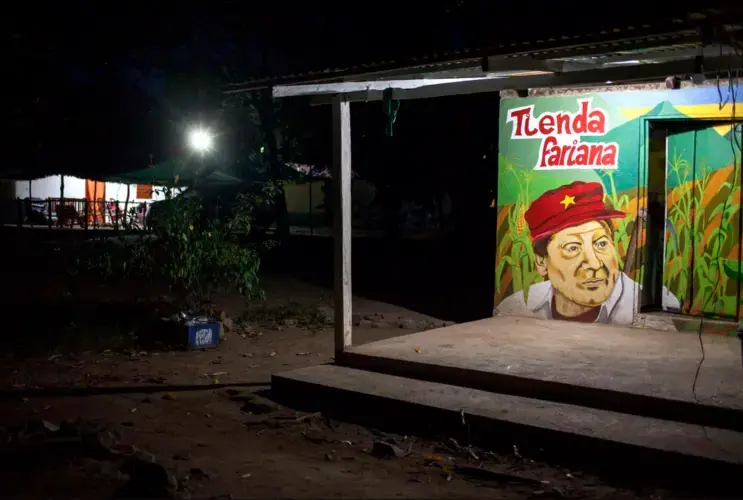
While it is still not safe to visit some parts of the country—areas where other guerrilla groups and narco gangs are fighting to take control of the territory—for now this region is calm and safe enough to be marked as “green” on the British Foreign Office’s travel map.
For the FARC living here, life is now sleepy, even “routine”. While they keep up their 5.30AM morning briefings, the long marches through the countryside are over. Castro says they are all putting on weight as civilian life takes its toll on their waistbands.
After decades in which journalists and foreigners feared the FARC, it is both curious and refreshing to meet them, talk to them, and hear their war stories.
The people we meet are fiercely proud of their role in the FARC, and defensive about what they did in the war. They follow the party line on the past: they are sorry that people were hurt, but this was a war and their aim was revolution.
While they don’t want to dwell on their personal roles, some combat stories do leak out. One fighter tells us about the battles that led to his war wounds. Another mentions obliquely how they “helped” young people whose parents were killed by paramilitaries, taking them to a safehouse until they were old enough to make a decision about joining the guerrillas. We wince at the difference in their perspective and that of the international community on the use of children in conflict.
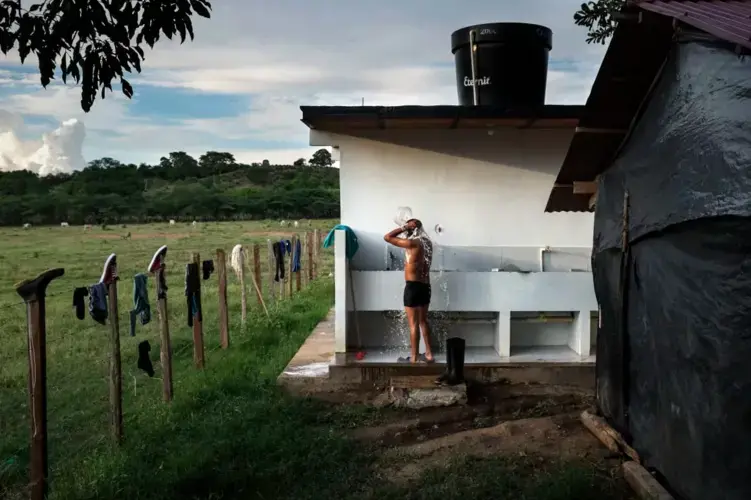
But in general, it’s hard to square the women or men in front of you with the atrocities the FARC carried out in the war. They are warm, welcoming, normal. Kind, even. I wonder, at one point, if the people we meet were ever involved in the kidnappings. If so, how they treated the people they held hostage.
As we take the river path down out the camp, weaving under the trees to escape the heat, one of our guides, who goes by the alias Curruco, opens up about his role in the FARC: why he joined, how he was caught, and about the spent time in jail before the peace deal. He tells us the guerrillas spent so long on the run in the mountains that they forgot how to speak in anything other than whispers.
“Peace is a beautiful thing. You can just lie down there on the road, fall asleep and nothing will happen to you,” he says, as he leads us down a dusty path. We can hear birds above us, the sound of the river and the farm animals in the distance.
The farm itself is home to another group of former fighters settling into civilian life. Here there are potato, yucca, and tomato plantations, a small shop selling beer and Coca-Cola, those who have been working the land this morning sit around and play dominoes.
Francisco Villa, a teacher who took on the alias Milo when he joined the FARC, shows us a mock camp that they have built in the thick of the forest. Each morning they would have a dawn wake up drill, followed by talks and exercises. At night, they would take to their dirt-filled camp beds, which doubled as bullet-proof shields, as the sun set.
“At 8pm we were sent to bed. But a fighter never sleeps,” he says, showing us how they packed up their sleeping gear and the tents so they could be ready to run if the alarm was sounded. “We were at war, and we had to have military discipline.”
We walk back to the main camp as dusk settles in. We sleep with a few spiders caught in the cobwebs by our heavy metal door, the sound of music, laughter and a game of pool coming from a social area across the nearest field.
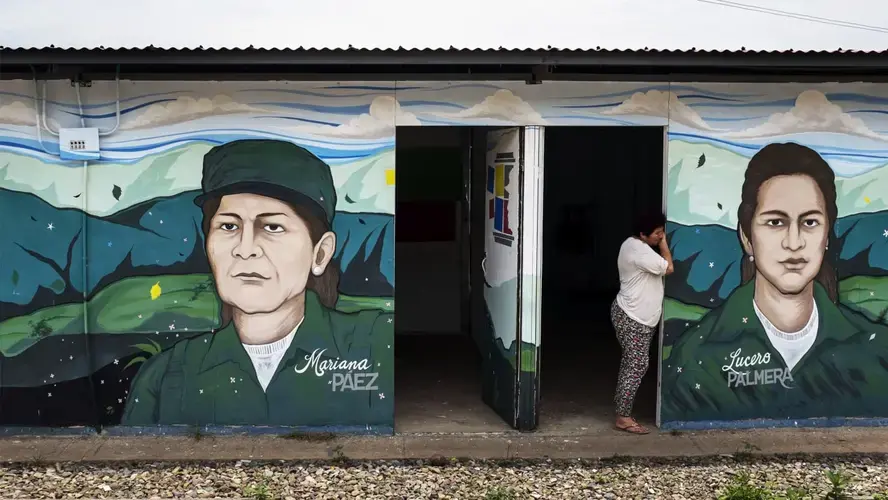
While we are among the first visitors, others have been here already from Spain, Denmark, even Japan. The tour guides themselves have taken courses on tourism best practice from Colombia’s national training institute. The fact that we can even be here, two years on from the peace deal, is remarkable.
The big question is, will it work? People still hate the FARC for what they did. In recent elections they scored less than 1 percent of the vote, and when the government held a referendum on the peace deal, it was rejected by the Colombian people before being pushed quickly through Congress after a few modifications. Many Colombians would rather stay anywhere than here.
For international tourists, there is also a question over whether people want to meet ex-guerrilla fighters like this, if they are interested in hearing their side of the story. More prosaically there is a question about how to get here. The group doesn’t have a website, or a Facebook page yet, so you’ll need to track down the Whatsapp number of one of their liaisons in Bogota via the FARC's head office there to organize your trip. Booking.com it isn’t.
But what all involved agree on is that projects like this need to work if the FARC are going to reintegrate successfully into civilian life. One day, soon, the money from the government is going to run out, and people like Castro need to make a living.
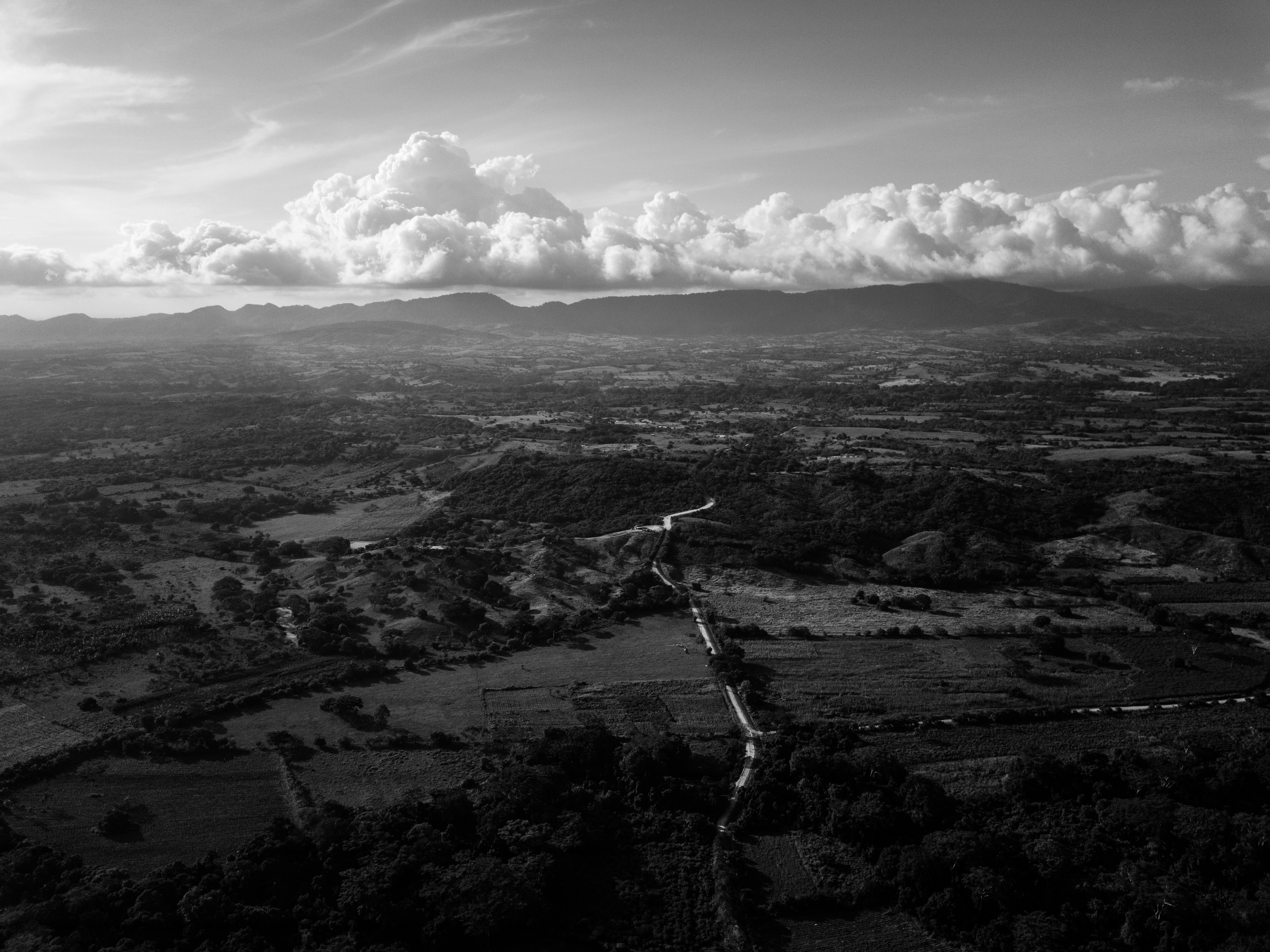
Education Resource
Meet the Journalists: Laura Dixon, Mariana Palau, Verónica Zaragovia
Laura Dixon, Mariana Palau, and Verónica Zaragovia explore what has happened in Colombia since the...






